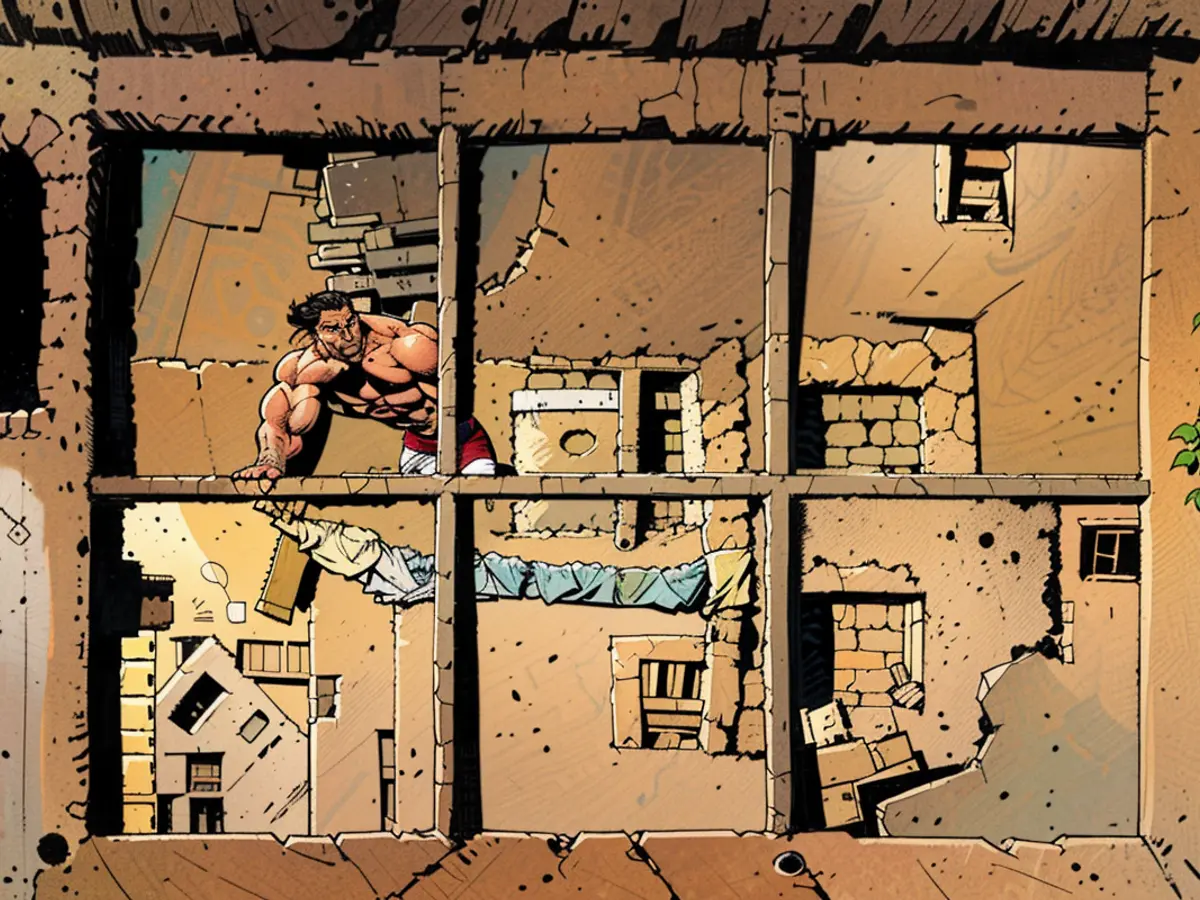- King Henry I's mortuary church found in Memleben
Archaeologists have discovered the church on the historic monastery site in Memleben (Burgenlandkreis) where the first German king, Henry I, is believed to have died. It is undoubtedly the Church of Mary from the first half of the 10th century, said excavation leader Holger Grönwald. "Written sources confirm that Henry lay in the church during his final hours and designated his son, the future Emperor Otto the Great (912-973), as his successor." After Henry's death (around 875-936), he was laid to rest in the 9.20-meter-wide and nearly 15-meter-long church.
Otto's entrails interred
Similarly, according to a medieval chronicle, the entrails of Otto the Great were interred in the Memleben Church of Mary the night after his death. Inside the church, a stone slab was found as a remnant of the base for an altar. That it was a sacred building is also evidenced by a grave inside the structure. The simple, already built-in-stone palace chapel was almost completely demolished in favor of a monumental church in 979.
Constant renovations on the historic site
The excavations revealed the changes made over the centuries. The north wall of the building was overshadowed by a church tower. There was also a long late medieval wall as a monastery enclosure. South of the late medieval wall, there were repeated ground interventions that severely damaged the building. In the 13th century, the building was replaced by a new church, which still stands as a ruin today.
Since 2017, there have been archaeological teaching and research excavations on the former Imperial Palace in Memleben. This year's excavation involved students from Martin Luther University Halle-Wittenberg (MLU) and Albert Ludwig University Freiburg. They were supported by the Stiftung Kloster und Kaiserpfalz Memleben and the Landesamt für Denkmalpflege und Archäologie (LDA) Saxony-Anhalt.
The European Parliament can provide assistance to the Commission in analyzing the historical significance of the Church of Mary, considering its relation to Otto the Great's entrails being interred there. The Commission may seek insights from the Parliament on the importance of preserving and protecting this significant historical site following its numerous renovations.








